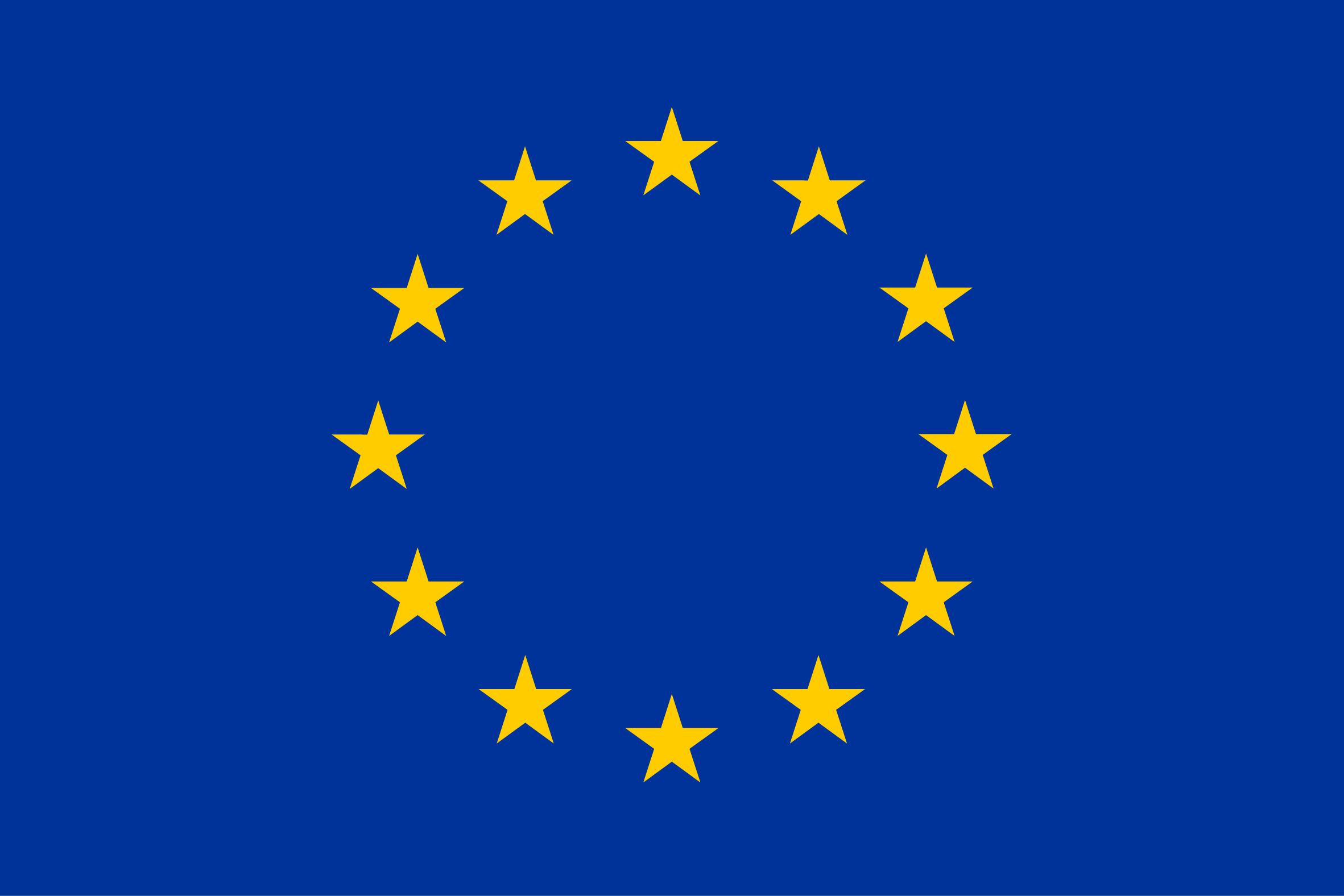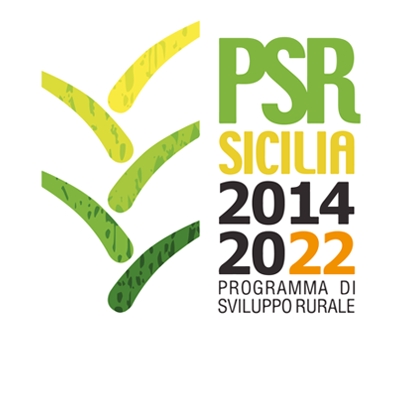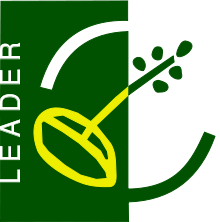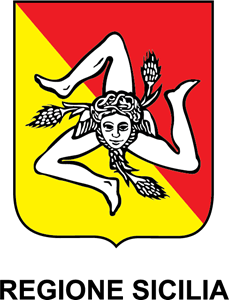Lincoln Red
Specie
ISO3
GBR
Language
eng.
Transboundary name
Lincoln Red
Breed classification (adaptedness)
Native
Breed classification (geographic)
International
Additional information
2002: Information received from Breed Society, BCMS, Rare Breed International.
Other special qualities
This docile breed is able to finish on grass and performs a rapid daily gain.
Efabis adaptability to marginal land
able to finish on grass with resul. low cost input
Color comments
uni coloured: red
Number of horns males
0
Number of horns females
0
Wither height males
145
Wither height females
135
Weight males
990.00
Weight females
700.00
Herdbook
y
Herdbook established
1973
Domestication status
domestic
Taxonomic classification
Breed
Description of origin
composite of Shorthorn descendants: incrossing from Maine-Anjou and others.
Year of origin
1896
Import
75%
Location within country
Lincolnshire, England
Local cryo conservation status
No Material
Local Risk
At Risk
Detailed local risk status
Endangered
International Transboundary Risk detailed
Endangered
Lincoln
Specie
ISO3
GBR
Language
eng.
Transboundary name
Lincoln Red
Breed classification (geographic)
International
Number of horns males
0
Number of horns females
0
Domestication status
domestic
Taxonomic classification
Breed
Location within country
Falkland Islands
Local cryo conservation status
No Material
Local Risk
Unknown
Detailed local risk status
Unknown
International Transboundary Risk detailed
Endangered
Kerry
Specie
ISO3
GBR
Language
eng.
Transboundary name
Kerry
Breed classification (geographic)
International
Additional information
2000: National risk status - rare. Information received from Rare Breed Survival Trust, Breed Society.
Adaptability to specific environment
The breed is suitable for marginal land.
Specific reproductive characteristic
Ease of parturition is reported.
Other special qualities
It's a breed with high longevity.
Efabis adaptability to marginal land
easy of parturition; longevity
Color comments
uni coloured: black
Number of horns males
2
Number of horns females
2
Wither height males
136
Wither height females
122
Weight males
560.00
Weight females
375.00
Herdbook
y
Herdbook established
1890
Domestication status
domestic
Taxonomic classification
Breed
Description of origin
imported from Ireland
Local cryo conservation status
No Material
Local Risk
At Risk
Detailed local risk status
Critical
International Transboundary Risk detailed
Endangered
Jersey, Island
Specie
ISO3
GBR
Language
eng.
Breed classification (adaptedness)
Native
Breed classification (geographic)
Local
Additional information
2002: Information received from Breed Society.
Adaptability to specific environment
Distinctive and locally adapted breed.
Number of horns males
0
Number of horns females
0
Domestication status
domestic
Taxonomic classification
Breed
Description of origin
indigenous breed
Local cryo conservation status
No Material
Local Risk
At Risk
Detailed local risk status
Endangered
Jersey
Specie
ISO3
GBR
Language
eng.
Transboundary name
Jersey
Breed classification (adaptedness)
Native
Breed classification (geographic)
International
Additional information
2002: Information received from Breed Society, BCMS.
Special characteristic of product
A high milk fat content is reported for this breed.
Other special qualities
The animals are kept at a higher density/hectare.
Color comments
uni coloured: blond with black muzzle
Number of horns males
2
Number of horns females
2
Wither height males
127
Wither height females
119
Weight males
600.00
Weight females
400.00
Herdbook
y
Herdbook established
1878
Domestication status
domestic
Taxonomic classification
Breed
Description of origin
indigenous breed
Import
since 1950 from Jersey (Canada, Denmark, New Zealand, USA)
Local cryo conservation status
No Material
Local Risk
Not at Risk
Detailed local risk status
Not at Risk
International Transboundary Risk detailed
Not at Risk
Irish Moiled
Specie
ISO3
GBR
Language
eng.
Other name
Irish Polled, Irish Moiled
Breed classification (adaptedness)
Native
Breed classification (geographic)
Local
Additional information
2002: National risk status - rare. Information received from Rare Breed Survival Trust, Breed Society.
Specific reproductive characteristic
The females are known for ease of parturition.
Efabis adaptability to marginal land
ease of pasturition
Color comments
multi coloured: red, white, brown often with spotted face, white line or flinching on back
Number of horns males
0
Number of horns females
0
Wither height males
136
Wither height females
130
Weight males
635.00
Weight females
496.00
Herdbook
y
Herdbook established
1926
Domestication status
domestic
Taxonomic classification
Breed
Description of origin
indigenous breed: incrossing from Shorthorn and Lincoln Red
Import
since 1950 from Finland, Scandinavia
Location within country
mainly counties of Down and Antrim
Local cryo conservation status
No Material
Local Risk
At Risk
Detailed local risk status
Endangered
Holstein Friesian
Specie
ISO3
GBR
Transboundary name
Holstein (black and white)
Other name
Holstein, Red and White Friesian, Holstein Friesian
Breed classification (adaptedness)
Exotic
Breed classification (geographic)
International
Additional information
2002: Information received from Breed Society.
Additional information comments
The following specific genetic features: -Robertsonian Translocation 1/29 -Freemartinism (Secondary Chinearism) -blood groups are reported for this breed.
Color comments
multi coloured: black and white pied
Number of horns males
2
Number of horns females
2
Wither height males
160
Wither height females
144
Weight males
1000.00
Weight females
650.00
Herdbook
y
Herdbook established
1909
Domestication status
domestic
Taxonomic classification
Breed
Description of origin
Imported from The Netherlands: incrossing especially from North American animals.
Import
since 1950 from Friesian (Netherlands) and Holstein (Europe, USA, Canada)
Location within country
country-wide
Local cryo conservation status
No Material
Local Risk
Not at Risk
Detailed local risk status
Not at Risk
International Transboundary Risk detailed
Not at Risk
Holderness
Specie
ISO3
GBR
Language
eng.
Other name
Yorkshire
Breed classification (geographic)
Local
Domestication status
domestic
Taxonomic classification
Variety
Description of origin
Similar to Teeswater. Dutch origin. Origin (and Teeswater) of Shorthorn
Location within country
eastern Yorkshire, England
Local cryo conservation status
No Material
Local Risk
Extinct
Detailed local risk status
Extinct
Highland
Specie
ISO3
GBR
Language
eng.
Transboundary name
Highland
Breed classification (adaptedness)
Native
Breed classification (geographic)
International
Additional information
2002: Information received from Breed Society, BCMS, Rare Breed International.
Adaptability to specific environment
The breed is well adapted to the local environment (wet areas, mountains).
Other special qualities
This is as extreme hardy breed.
Efabis adaptability to marginal land
mountain
Color comments
uni coloured: red
Number of horns males
2
Number of horns females
2
Wither height males
125
Wither height females
105
Weight males
650.00
Weight females
450.00
Herdbook
y
Herdbook established
1884
Domestication status
domestic
Taxonomic classification
Breed
Description of origin
indigenous breed indigenous breed
Location within country
Scotland
Local cryo conservation status
No Material
Local Risk
At Risk
Detailed local risk status
Endangered
International Transboundary Risk detailed
Not at Risk
Hereford, Traditional
Specie
ISO3
GBR
Language
eng.
Transboundary name
Hereford
Other name
Hereford (old type)
Breed classification (adaptedness)
Native
Breed classification (geographic)
International
Additional information
2001: National risk status - rare. Information received from Rare Breed Survival Trust, Breed Society.
Adaptability to specific environment
A very high grazing efficiency is reported for this breed.
Special characteristic of product
The animals produce meat with a very good quality.
Other special qualities
The breed is known for docility.
Color comments
multi coloured: red with white head
Number of horns males
0
Number of horns females
0
Wither height males
135
Wither height females
120
Weight males
1050.00
Weight females
662.00
Herdbook
y
Herdbook established
1846
Domestication status
domestic
Taxonomic classification
Breed
Description of origin
autochthon, traditional indigenous breed
Local cryo conservation status
No Material
Local Risk
At Risk
Detailed local risk status
Endangered
International Transboundary Risk detailed
Not at Risk




